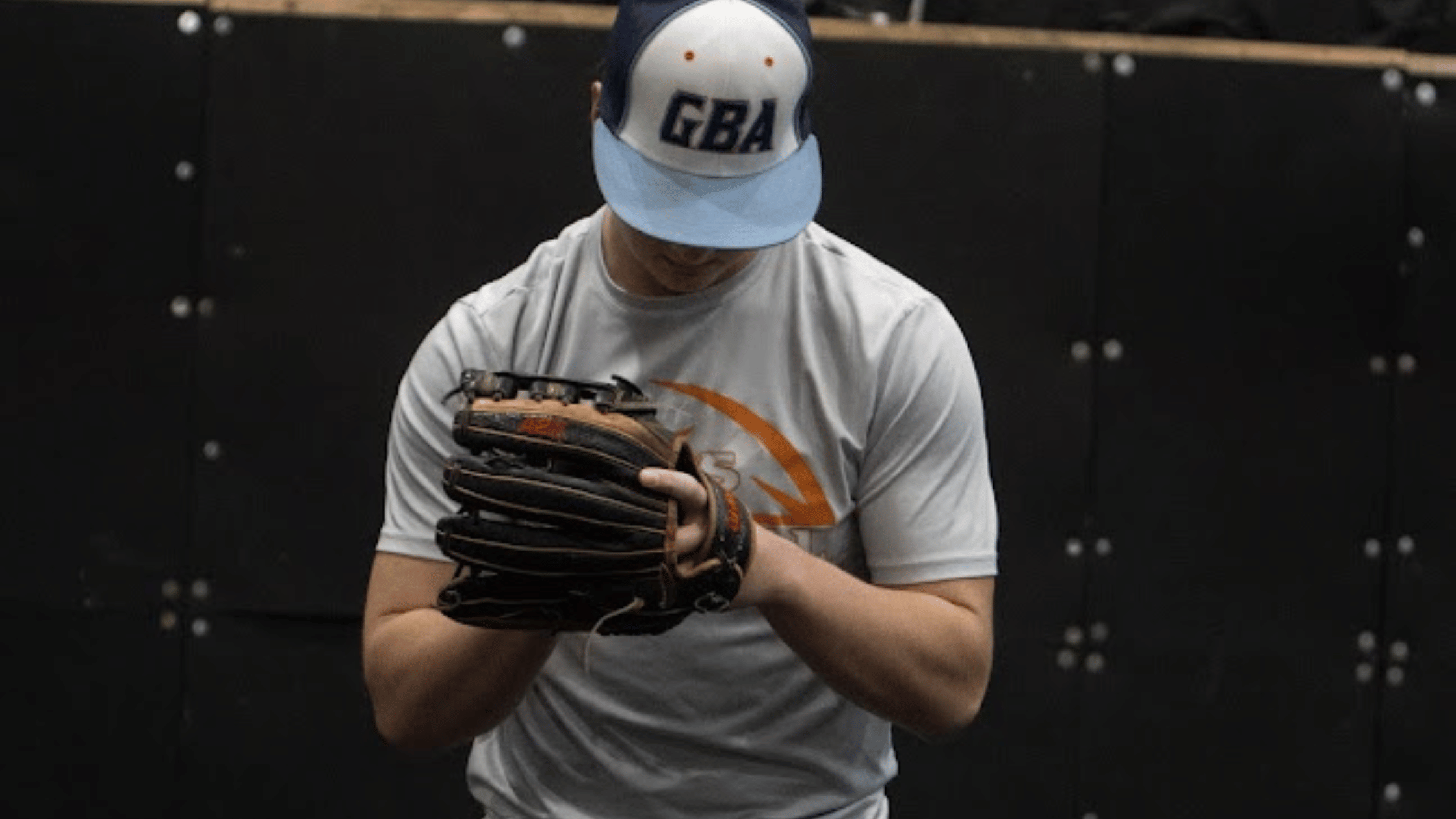The Pitcher’s Blueprint: Understanding the Key Features of the Kinematic Sequence for Increased Ball Velocity
Achieving maximum pitching velocity isn’t just about power and pure force. It’s also about optimizing the body’s ability to transfer power, as demonstrated in the kinematic sequence. Premier Pitching Performance's Coach Cody Fick breaks down the key features of kinematic sequence and its connection to velocity.
What is the Kinematic Sequence?
Imagine your body as a series of interconnected segments, transferring energy from the ground up. Each of these points can act as a catalyst for energy. Coach Fick explains further,
"We measure the velocities of segments - hips, trunk, shoulder, elbow - and ultimately how it affects the baseball. It's all about energy transfer and timing."
Essentially, the kinematic sequence is fundamentally about the timing of peak velocities across various body segments. Understanding a kinematic sequence allows pitchers to harness energy more efficiently, pinpointing any energy leaks that might affect performance.
Why Pitchers Need to Understand Their Kinematic Sequence
For pitchers, understanding their own kinematic sequence is not just about improving; it's about personalization and efficiency. Identifying the source of energy and any leaks within their motion can help players reshape their movements so that they can minimize injury and perform to the best of their abilities.
"If we are trying to produce ball velocity easily, it's advantageous to understand where that energy is coming from and if energy leaks exist," Fick notes, emphasizing the benefits of a tailored approach to pitching mechanics.
How Ball Velocity is Related to the Kinematic Sequence
Every pitcher knows that the arm is a main driver in velocity. While it’s true that elbow extension and shoulder internal rotation do play a major role, Fick suggests that the real coaching opportunities lie earlier in the delivery.
"We have to look a layer deeper to see how we can get athletes to move energy more efficiently through their body," Fick advises.
By analyzing the loading and unloading strategies in a pitcher’s kinematic sequence, coaches can provide specific drills to refine the movement.
“Any drill we do starts with a proximal focus like hips and core,” Fick explains, emphasizing the importance of building from the ground up.
This proximal focus ensures that energy transfer through the body is as efficient as possible, setting the foundation for optimal performance. Fick recommends athletes should first focus on stability and various anchoring points, like the back foot or back hip. Then, they can understand how to use trunk rotation around those different points to load and unload the arm.
Example of the Kinematic Sequence in Action
How Pitchers and Coaches Can Analyze the Kinematic Sequence
At Premier Pitching Performance, coaches use motion capture technology to analyze a player’s kinematic sequence. During a pitcher’s comprehensive PPP assessment, the motion capture data objectively measures velocities, timing, and the order of each segment involved in the kinematic sequence.
This data-driven approach provides a detailed blueprint for both coaches and athletes to work from and helps coaches and players identify key areas for improvement and targeted training interventions.
>> Learn more about your kinematic sequence. Register for a remote or in-house pitching assessment!
Overcoming the Obstacles of Ingrained Movement Patterns
While kinematic sequence analysis is powerful, Coach Fick acknowledges limitations. "Some aspects of mechanics are ingrained in an athlete's movement patterns and can be challenging to influence.”
When altering their delivery or adjusting movement patterns for efficiency, pitchers may not see immediate results. Fick explains further,
“If a drill or movement doesn’t immediately affect ball velocity, then athletes will revert back to their hard wired strategy and some of those strategies are less than ideal for energy transfer.”
The key takeaway here: progress takes time. For long-term success and health, it’s crucial to maximize your energy transfer while still playing to an individual’s strengths. By analyzing the kinematic sequence, pitchers can get a clearer picture of their movement and energy.
Get Your Pitching Assessment and Kinematic Sequence Analysis with Premier Pitching Performance
Premier Pitching Performance is here to help you unlock your true potential. By incorporating kinematic sequence analysis and targeted training, you can optimize your mechanics and unleash your true potential. Our data-driven, remote training programs and experienced coaching staff have helped hundreds of pitchers from high school to pro-level achieve their goals.
Fill out the form here to get started with remote or in-house assessments.

